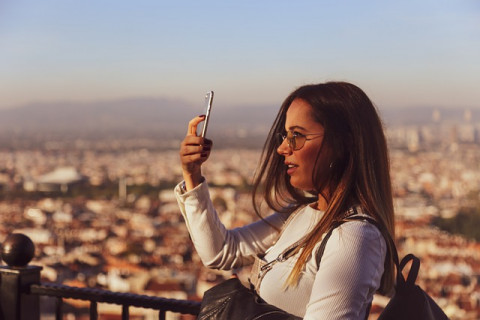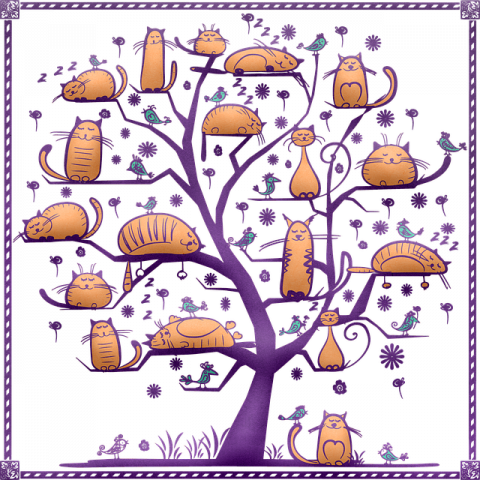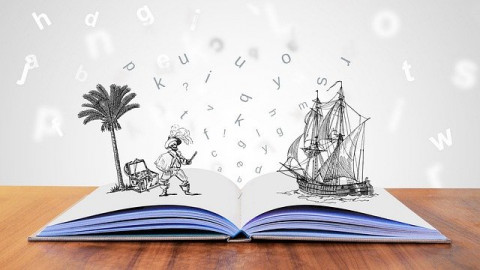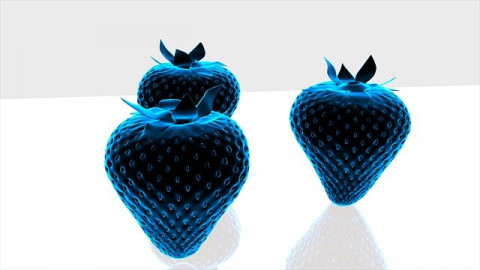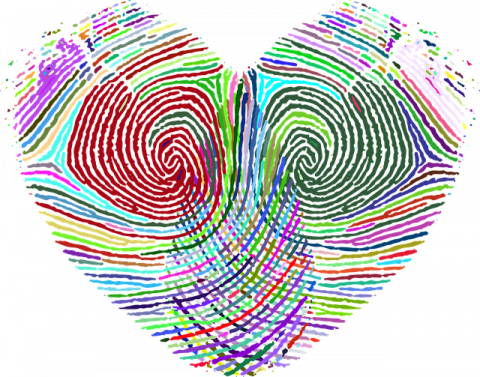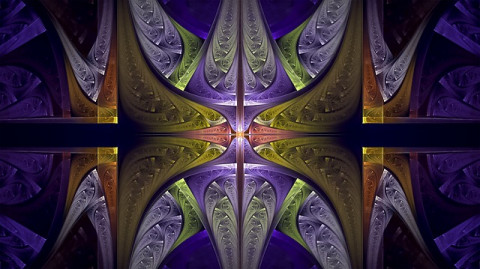Word of the Day: Copyfraud

photo: Pixabay
A copyfraud is a false copyright claim by an individual or institution with respect to content that is in the public domain. The term "copyfraud" was coined by Jason Mazzone, a Professor of Law at the University of Illinois. According to copyright experts Jason Mazzone and Stephen Fishman, a massive amount of works in the public domain are reprinted and sold by large publishers that state or imply they own copyrights in those works. While selling copies of public domain works is legal, claiming or implying ownership of a copyright in those works can amount to fraud.
